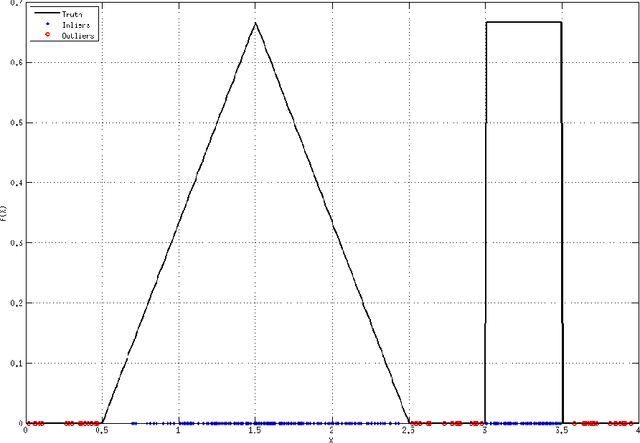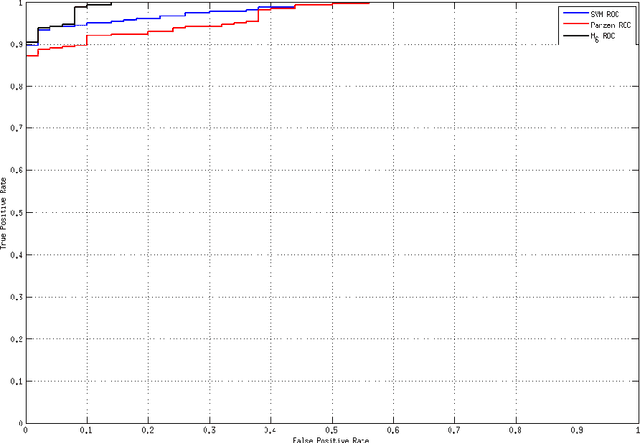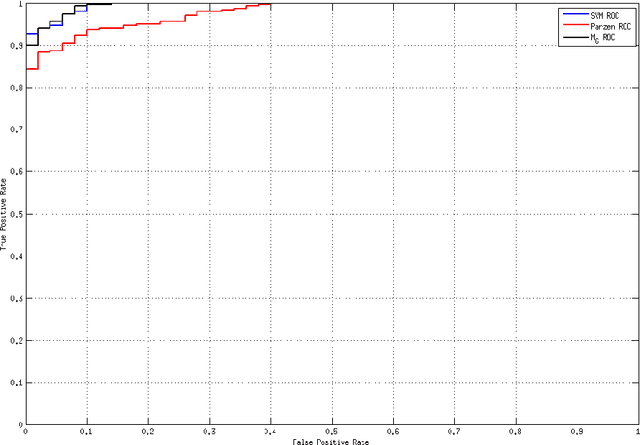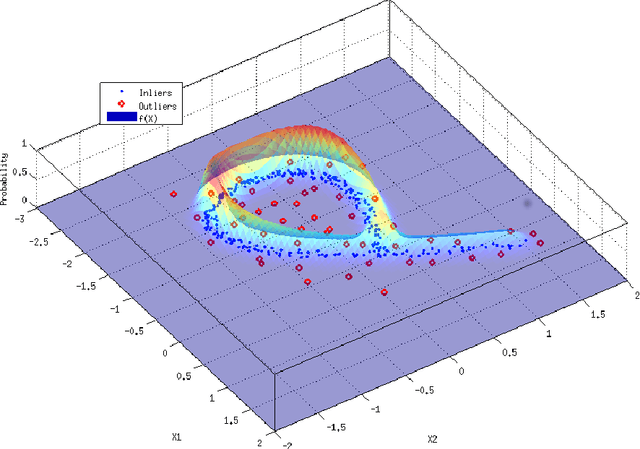Jose A. Lopez
Unsupervised Welding Defect Detection Using Audio And Video
Sep 03, 2024Abstract:In this work we explore the application of AI to robotic welding. Robotic welding is a widely used technology in many industries, but robots currently do not have the capability to detect welding defects which get introduced due to various reasons in the welding process. We describe how deep-learning methods can be applied to detect weld defects in real-time by recording the welding process with microphones and a camera. Our findings are based on a large database with more than 4000 welding samples we collected which covers different weld types, materials and various defect categories. All deep learning models are trained in an unsupervised fashion because the space of possible defects is large and the defects in our data may contain biases. We demonstrate that a reliable real-time detection of most categories of weld defects is feasible both from audio and video, with improvements achieved by combining both modalities. Specifically, the multi-modal approach achieves an average Area-under-ROC-Curve (AUC) of 0.92 over all eleven defect types in our data. We conclude the paper with an analysis of the results by defect type and a discussion of future work.
Gradient Boosted Filters For Signal Processing
May 15, 2024Abstract:Gradient boosted decision trees have achieved remarkable success in several domains, particularly those that work with static tabular data. However, the application of gradient boosted models to signal processing is underexplored. In this work, we introduce gradient boosted filters for dynamic data, by employing Hammerstein systems in place of decision trees. We discuss the relationship of our approach to the Volterra series, providing the theoretical underpinning for its application. We demonstrate the effective generalizability of our approach with examples.
Robust Anomaly Detection Using Semidefinite Programming
May 30, 2015



Abstract:This paper presents a new approach, based on polynomial optimization and the method of moments, to the problem of anomaly detection. The proposed technique only requires information about the statistical moments of the normal-state distribution of the features of interest and compares favorably with existing approaches (such as Parzen windows and 1-class SVM). In addition, it provides a succinct description of the normal state. Thus, it leads to a substantial simplification of the the anomaly detection problem when working with higher dimensional datasets.
 Add to Chrome
Add to Chrome Add to Firefox
Add to Firefox Add to Edge
Add to Edge